
This website supports three options for navigating through the comic: horizontal scrollbar, left and right keyboard arrows, and dragging the comic.



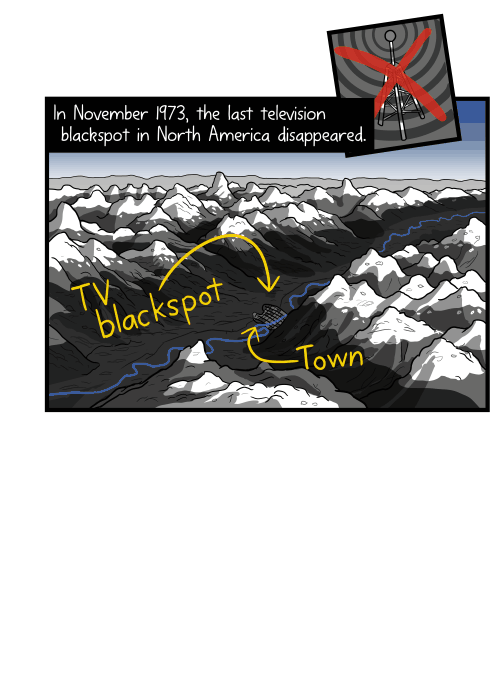


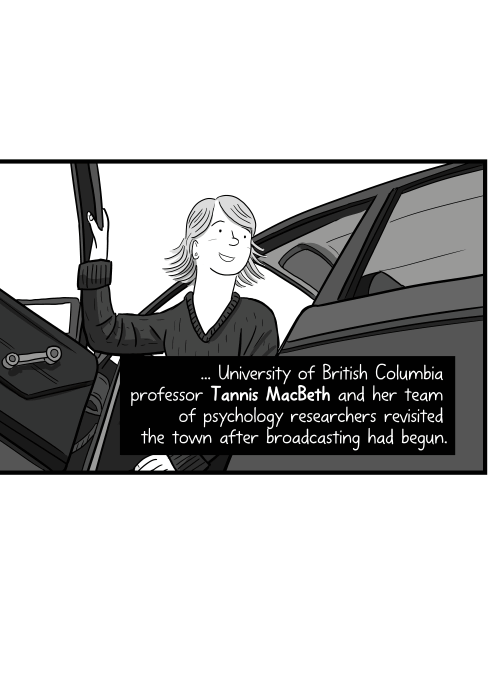


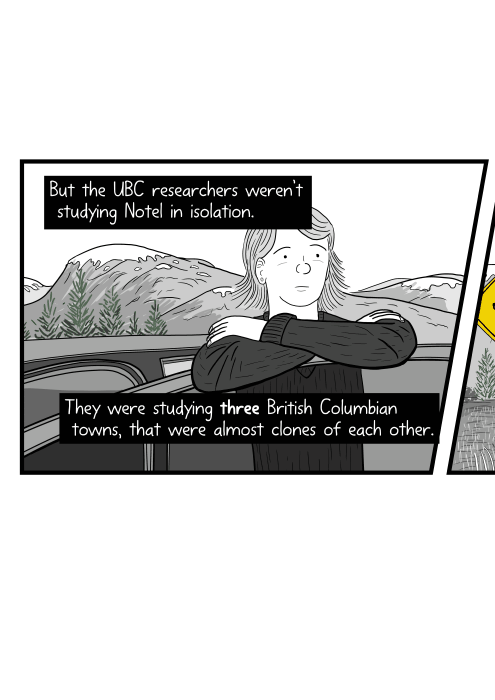



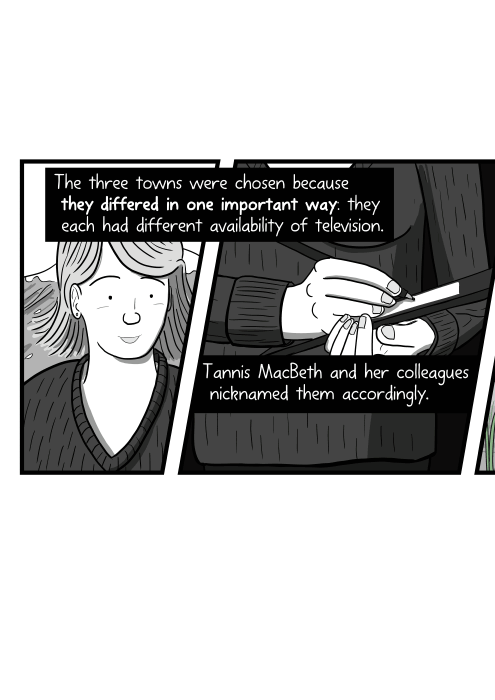


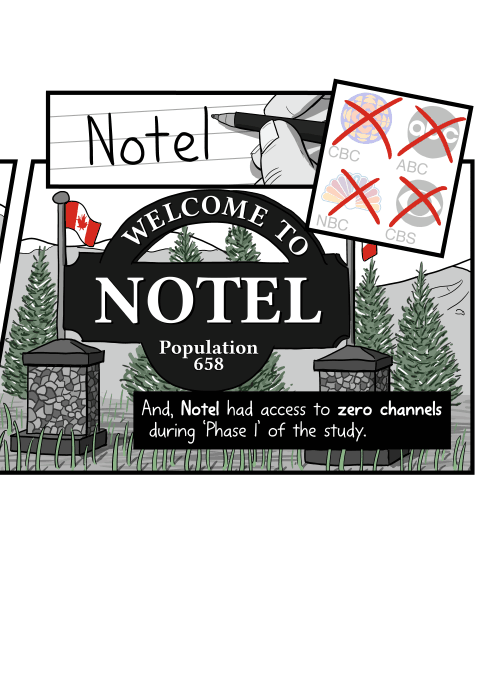
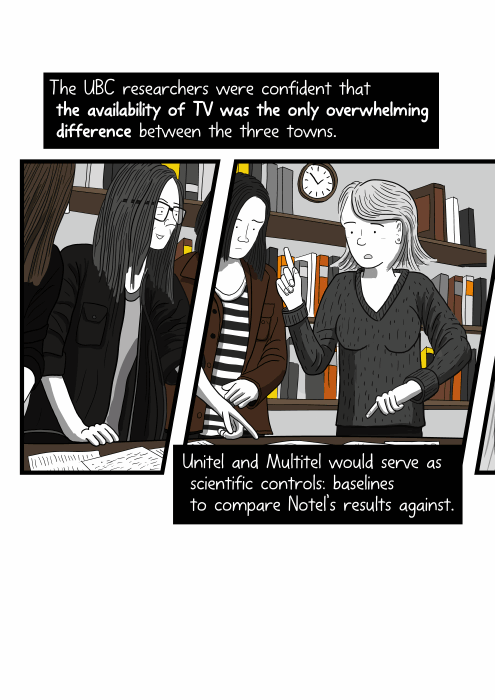




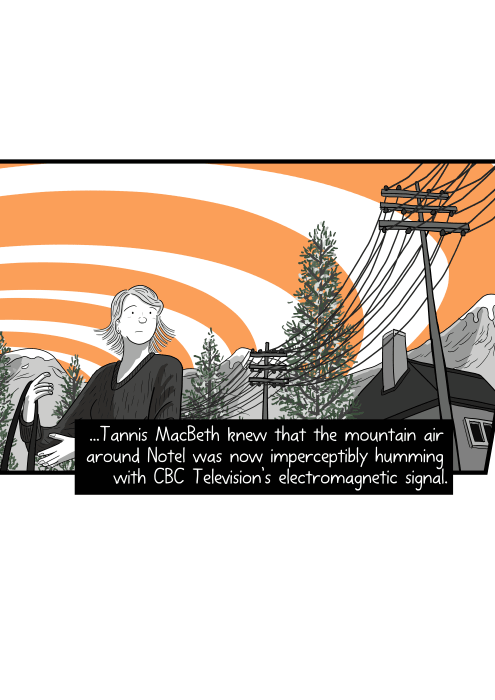









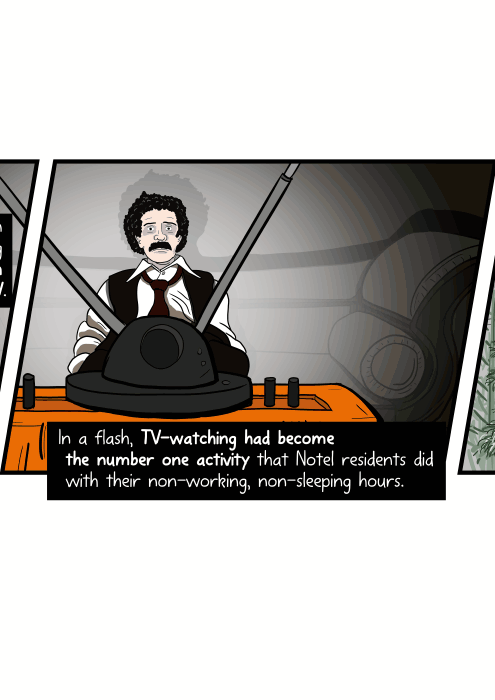
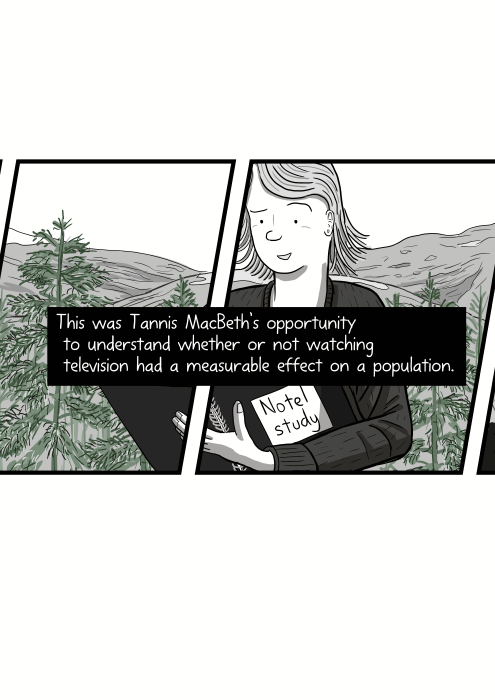
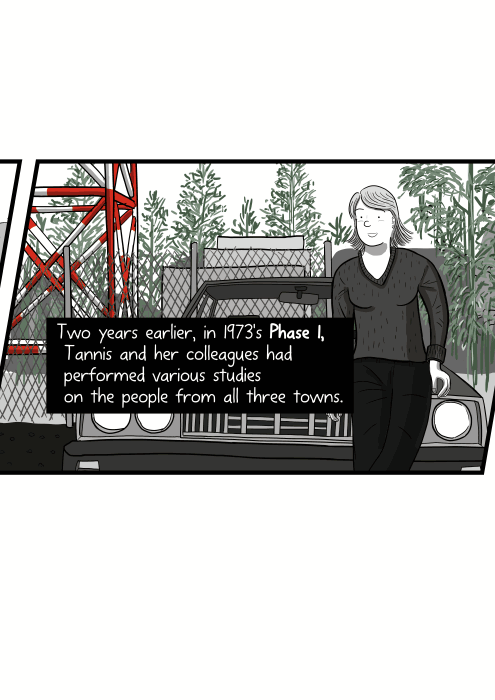
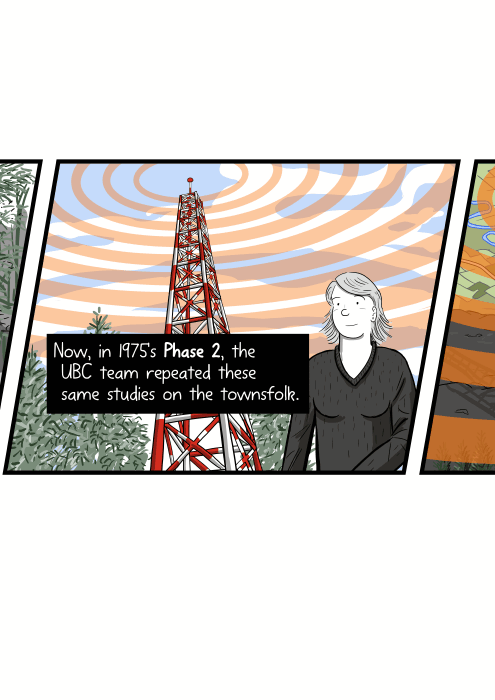

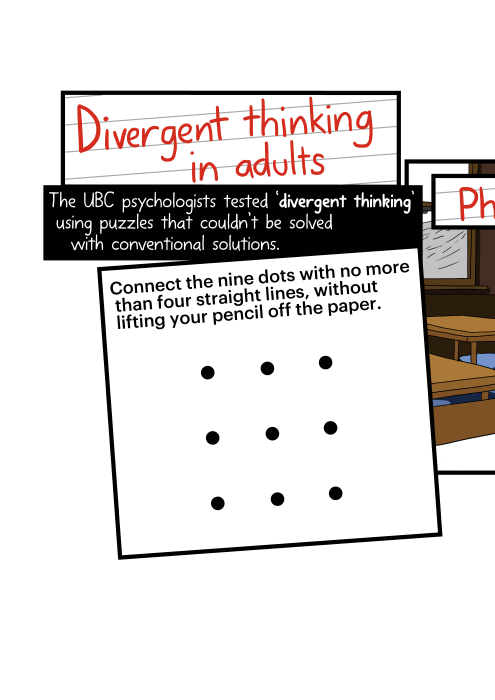

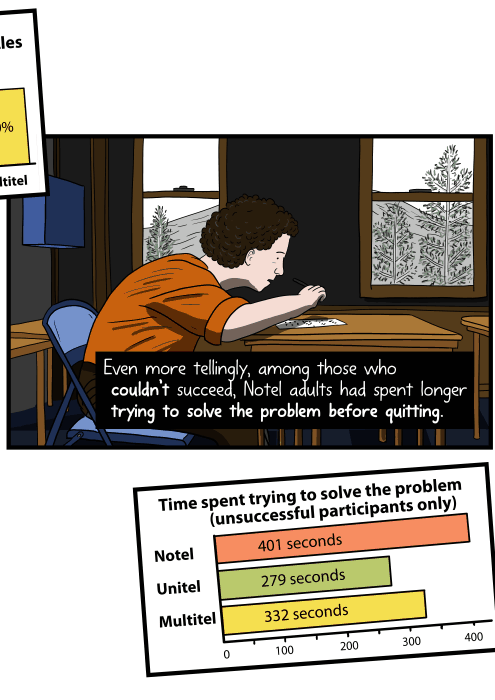

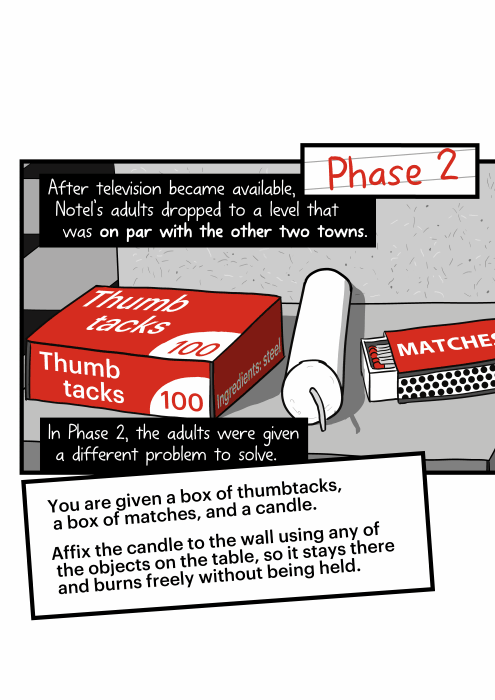


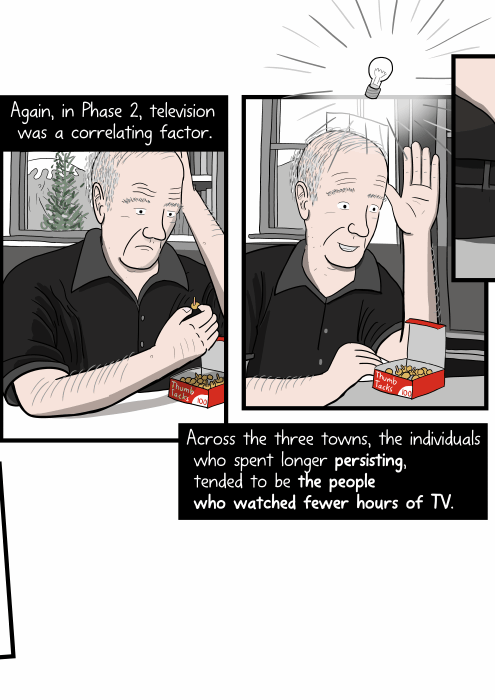
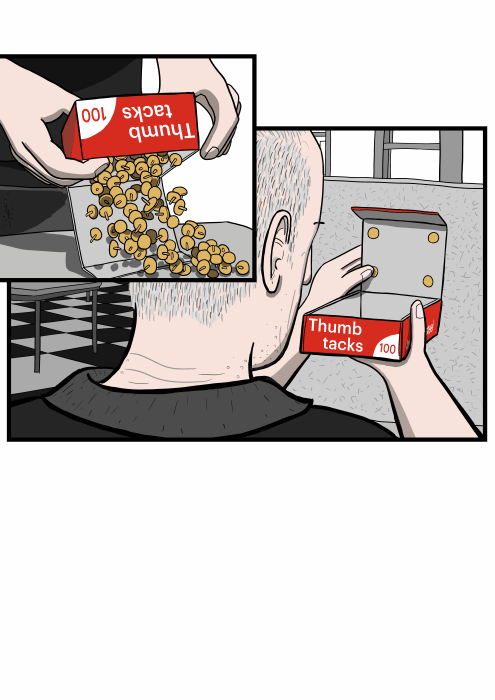
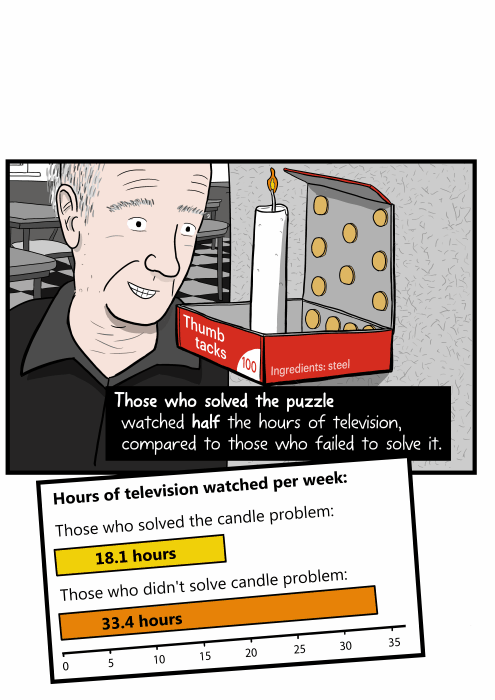

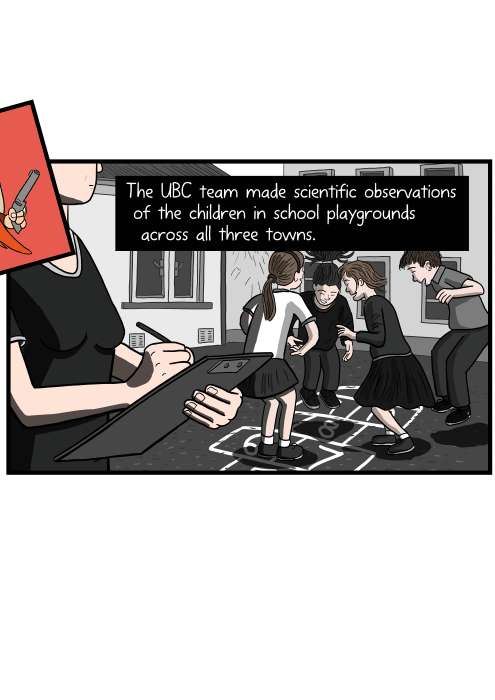


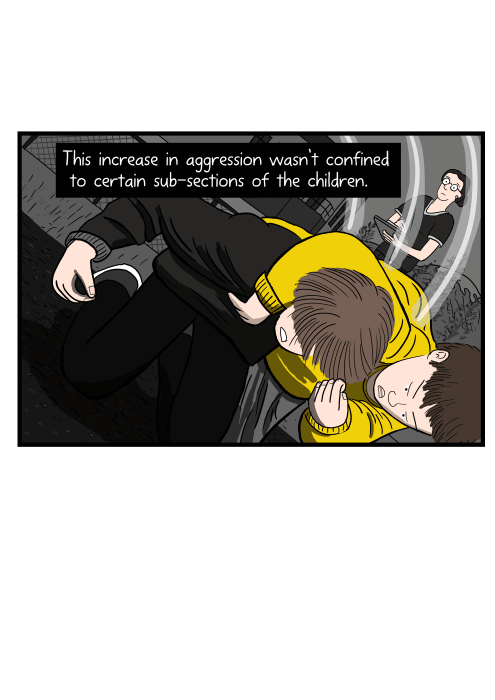




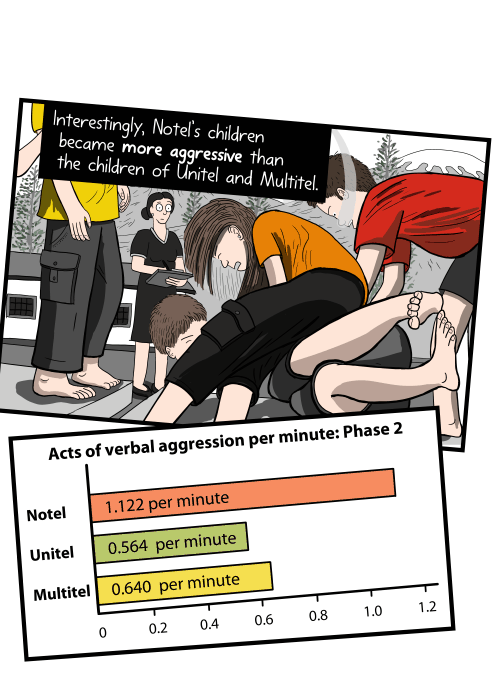
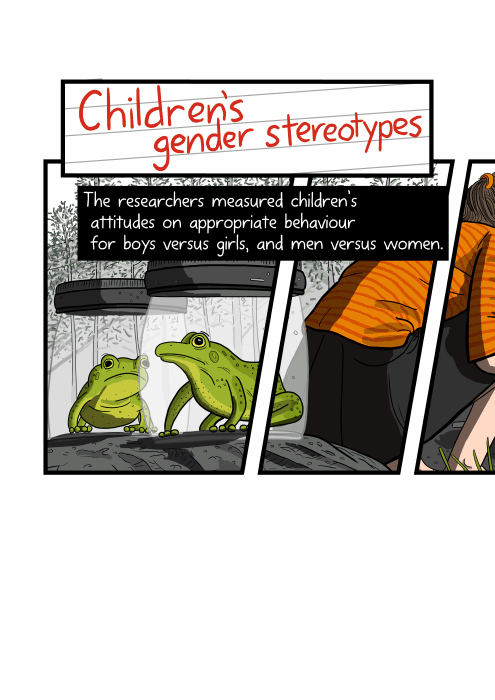


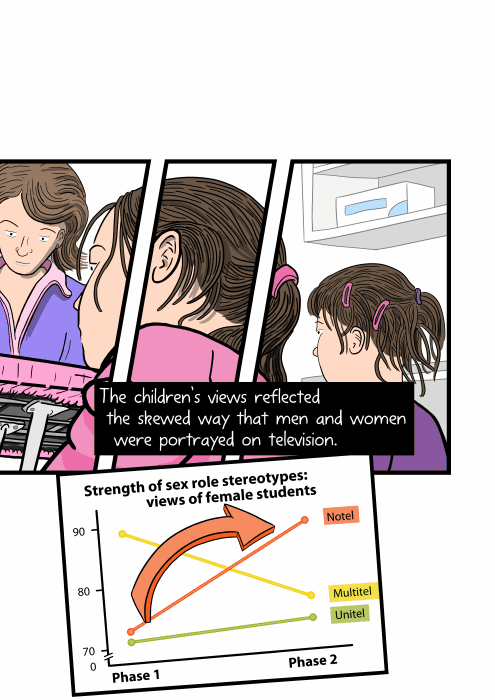
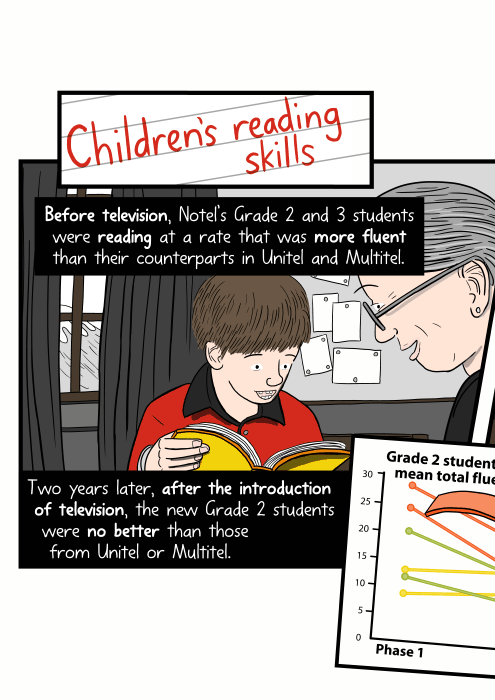
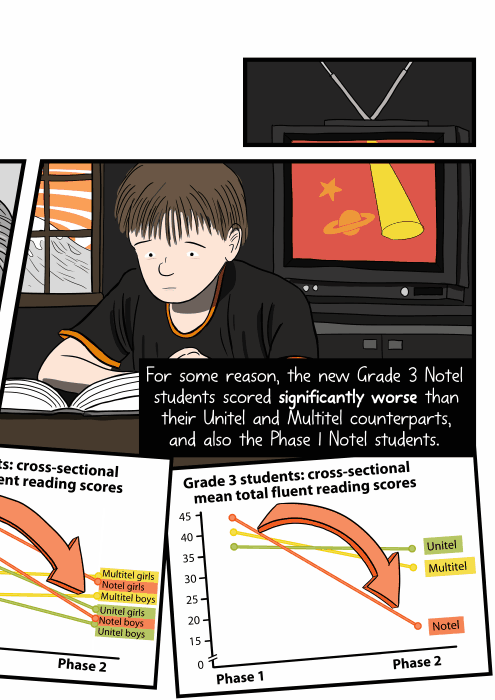

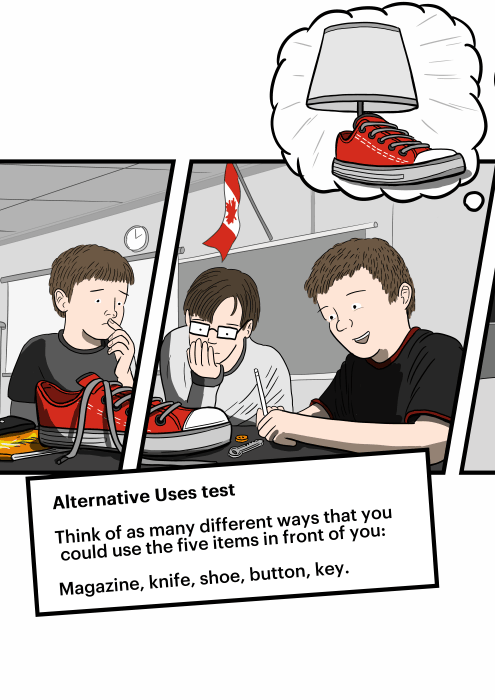






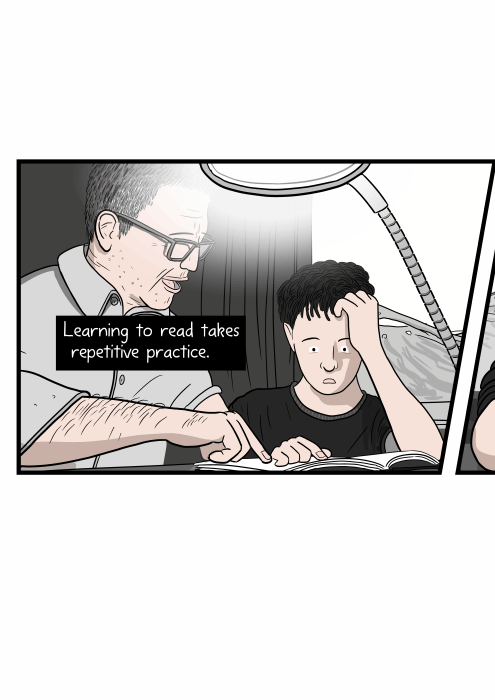

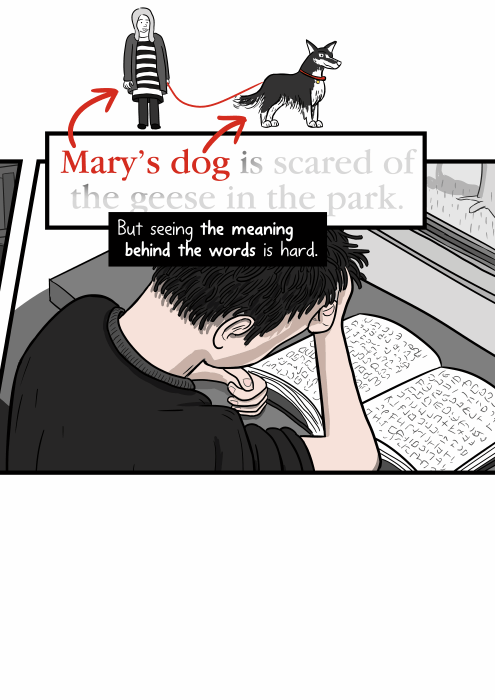
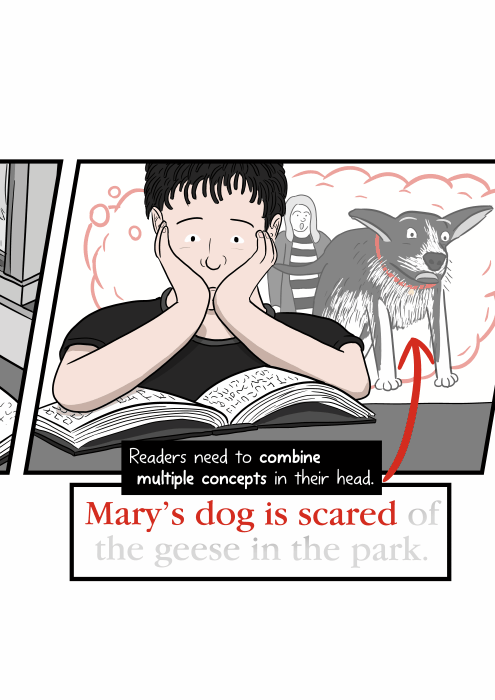

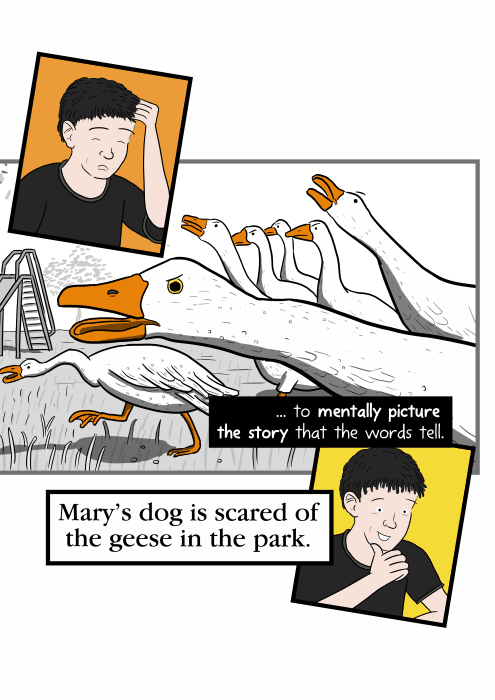
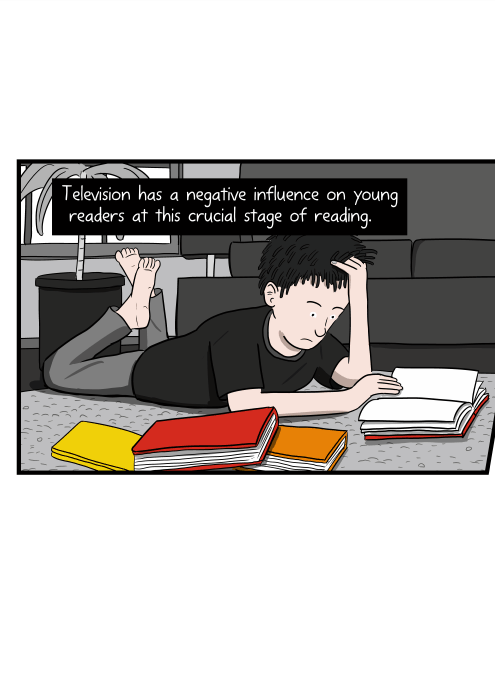


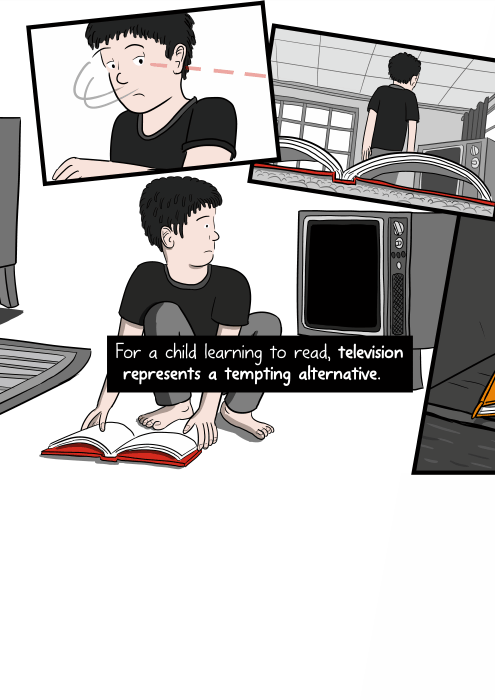

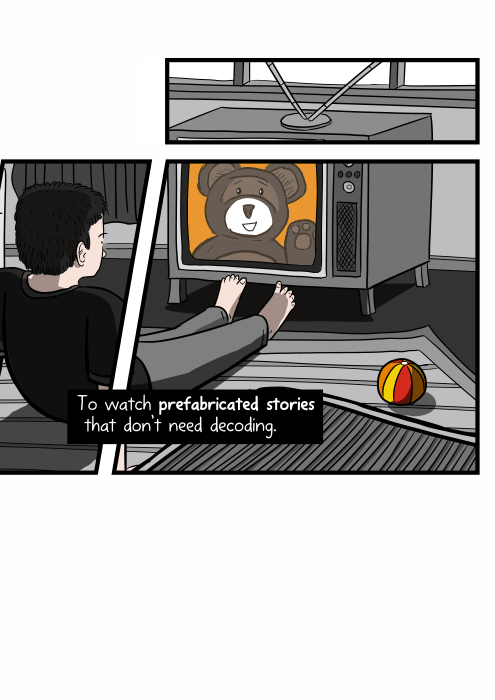

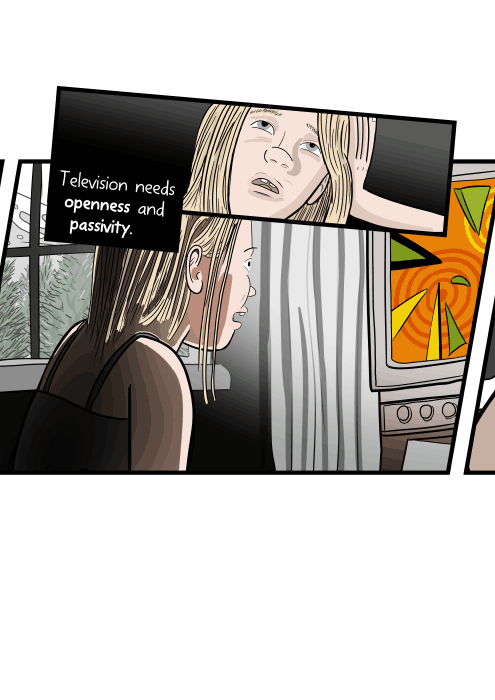




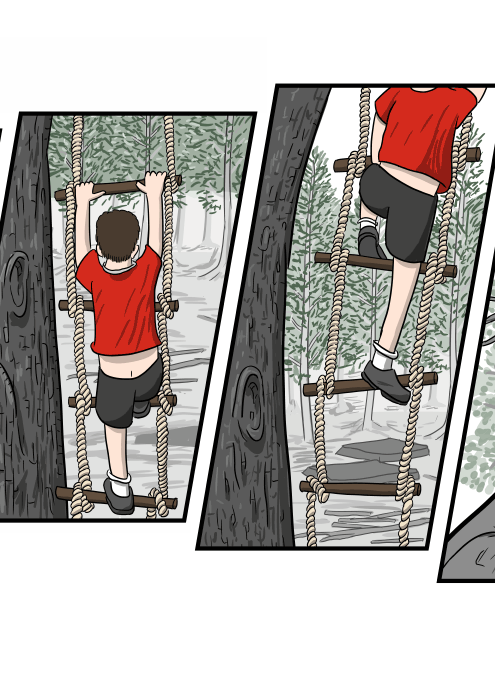


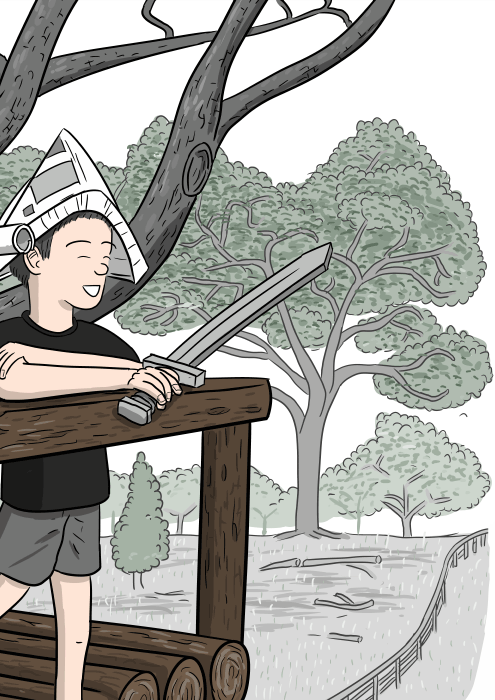
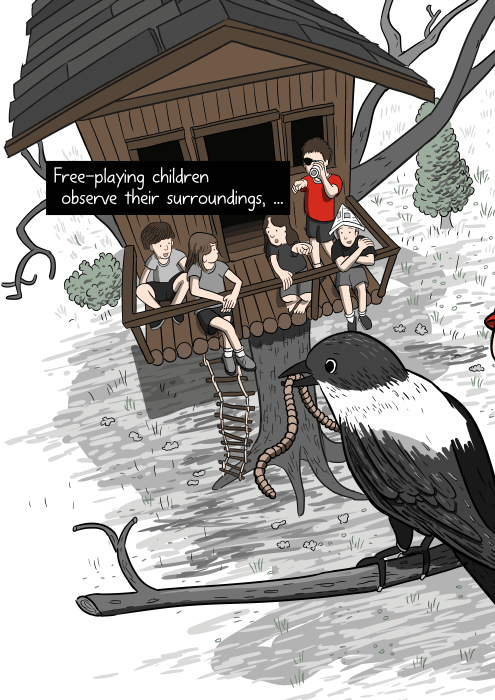


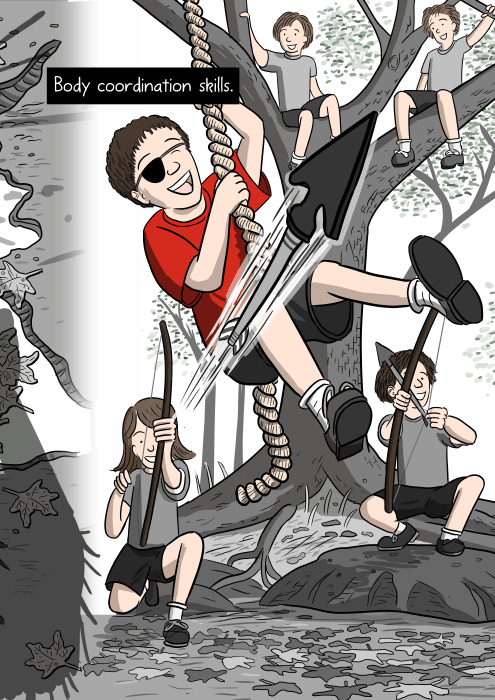









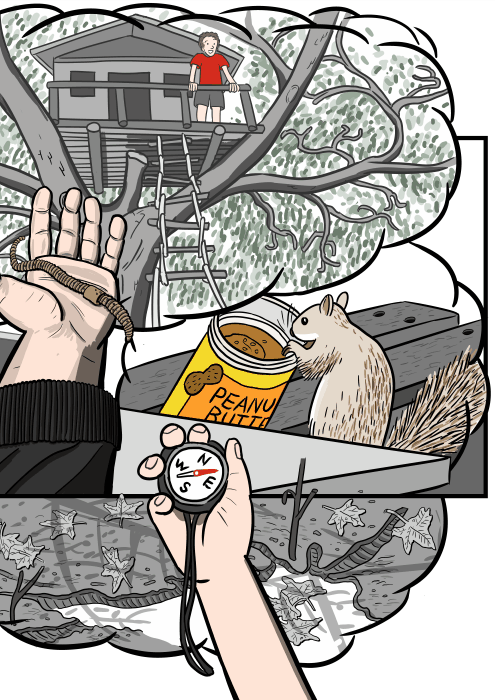


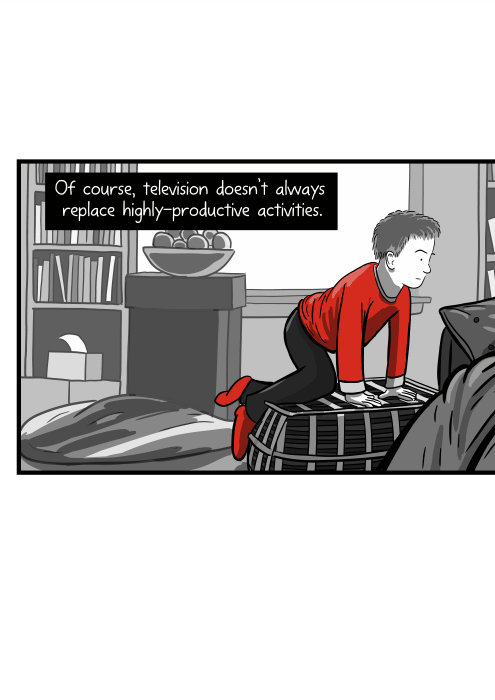





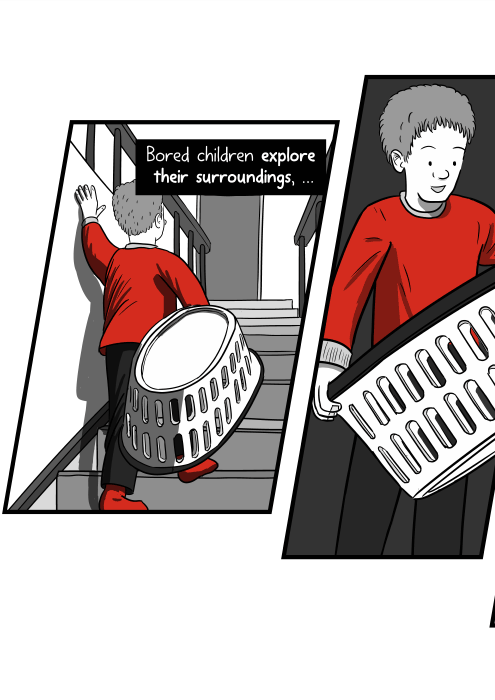
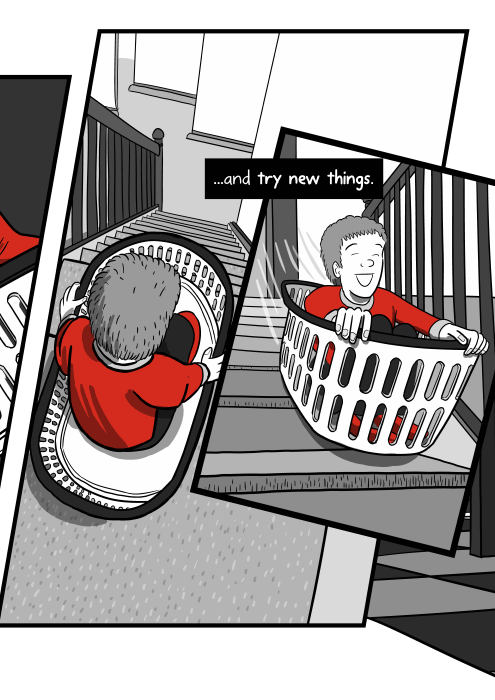
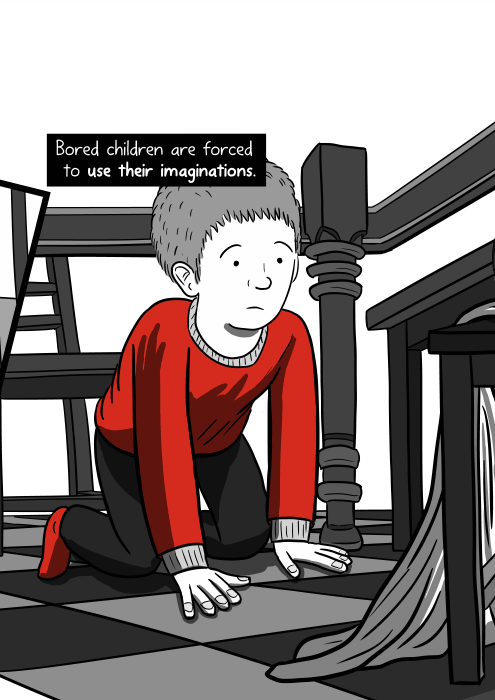


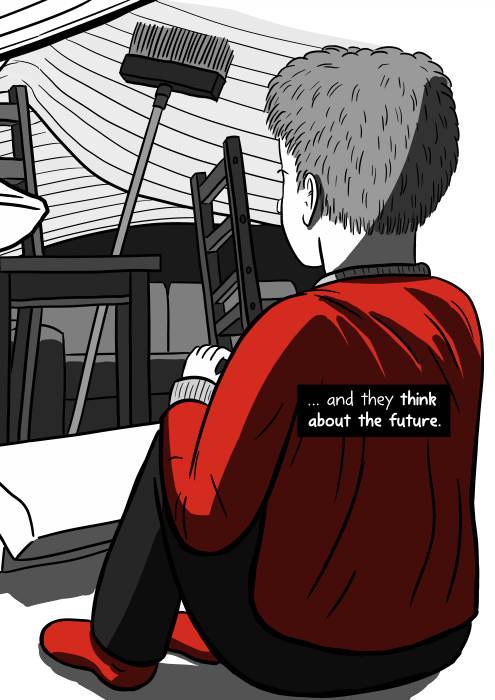

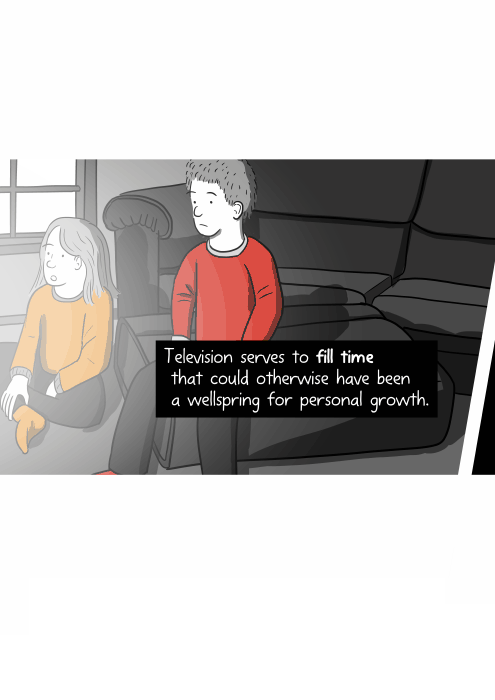
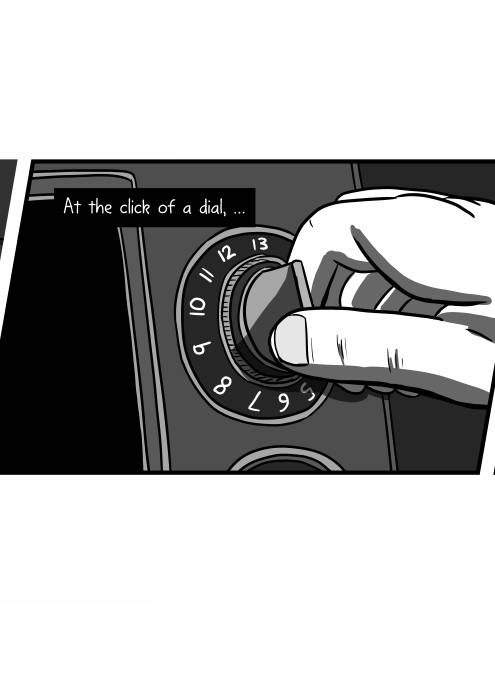
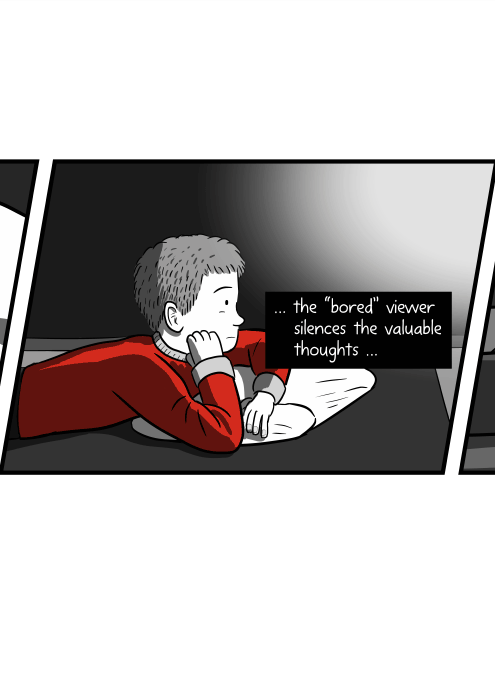


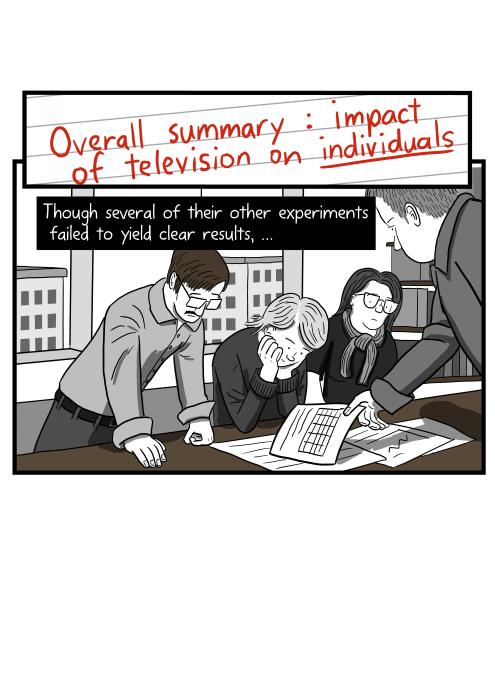

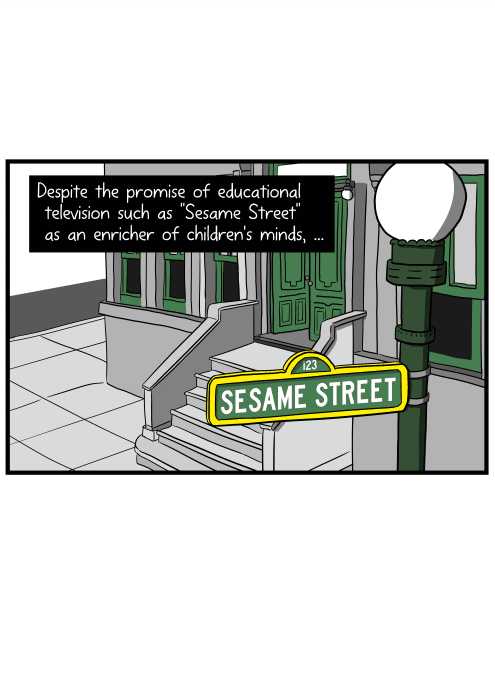
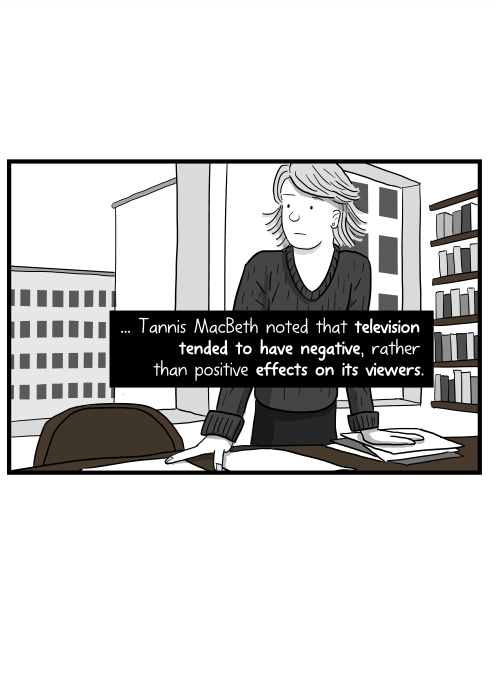
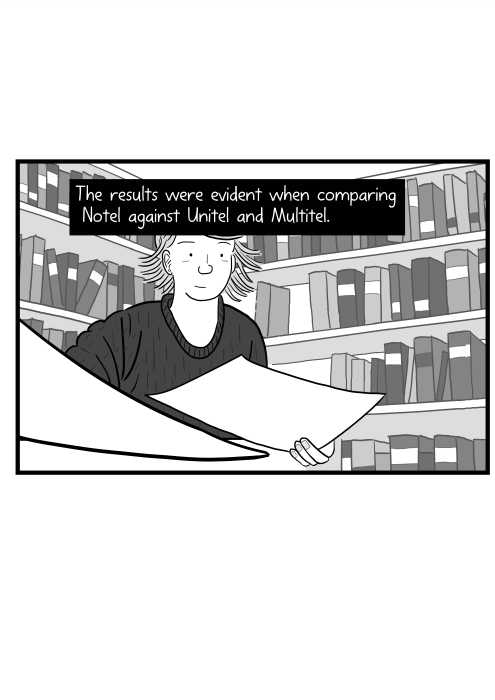


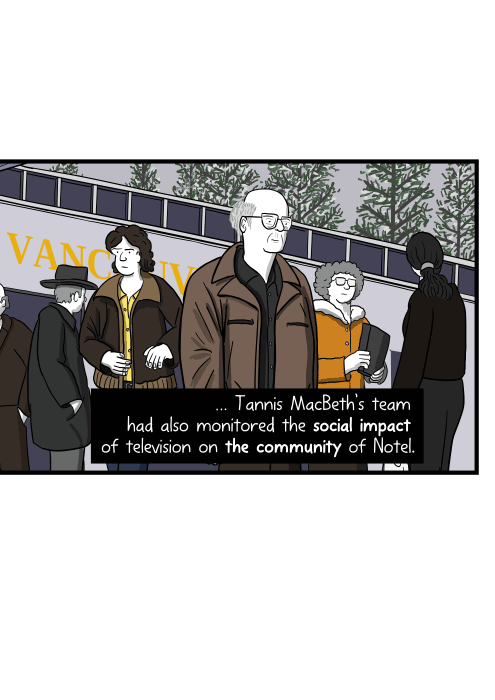


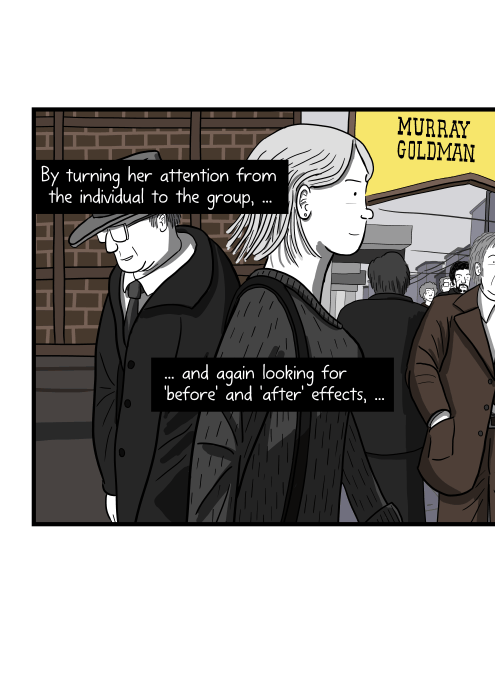


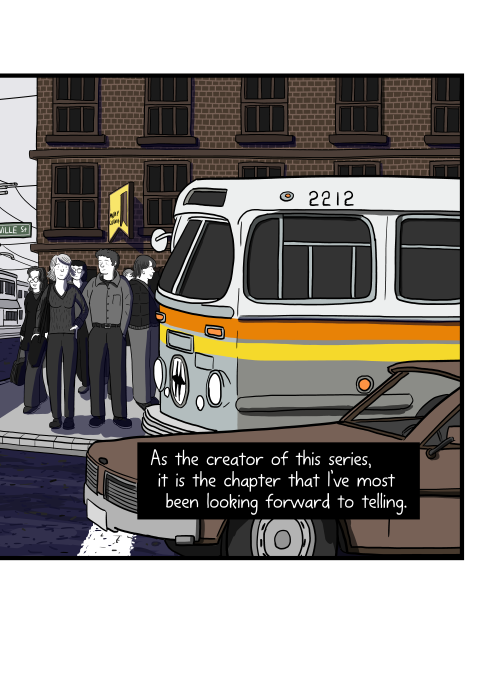
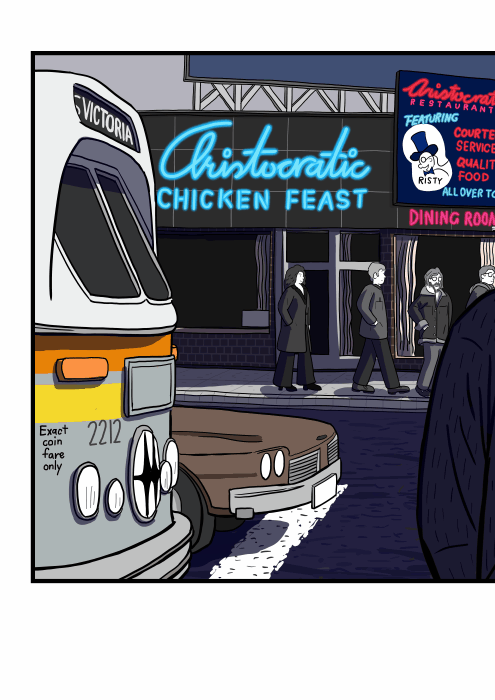



How are children and adults impacted by watching television? This comic outlines the effects of television on individuals, as found by the Notel experiment from Canada in the 1970s.
Join my email newsletter to learn about my new comics.


I am launching the Tannis MacBeth Memorial Fund as a crowdfunding campaign to support my comic The Town Without Television.

A classic behavioural psychology experiment. In the 1970s, researchers took eight strangers and shut them inside a dark room for an hour. What happened next?

A classic experiment into drug addiction science. Would rats choose to take drugs if given a stimulating environment and social company?
Comments
Justin
Hi, Stuart. I teach Psychology at a school in Townsville, Queensland and my students loved your work. I really hope you'll be able to finish Part 3 soon! This study really causes one to consider the impacts of social media platorms and video algorithims, such as Reels, TikTok and Stories that are designed to capture the attention of children whilst offering little value. If people's behavioural patterns were altered by one channel with set programming, how much does today's plethora of media affect them today? I am deeply troubled by the changes I have already seen in the different schools I have worked in.
Karoline Faegri
I like your comic strips.
Supporter from San Diego
Your talent and style are incredibly inspiring. This story is captivating and very well presented. Thank you for staying dedicated to your craft!
Anonymous guy
Aside from TV, the internet leisure has taken it place nowadays. And the effects it brings is far worse than the TV.